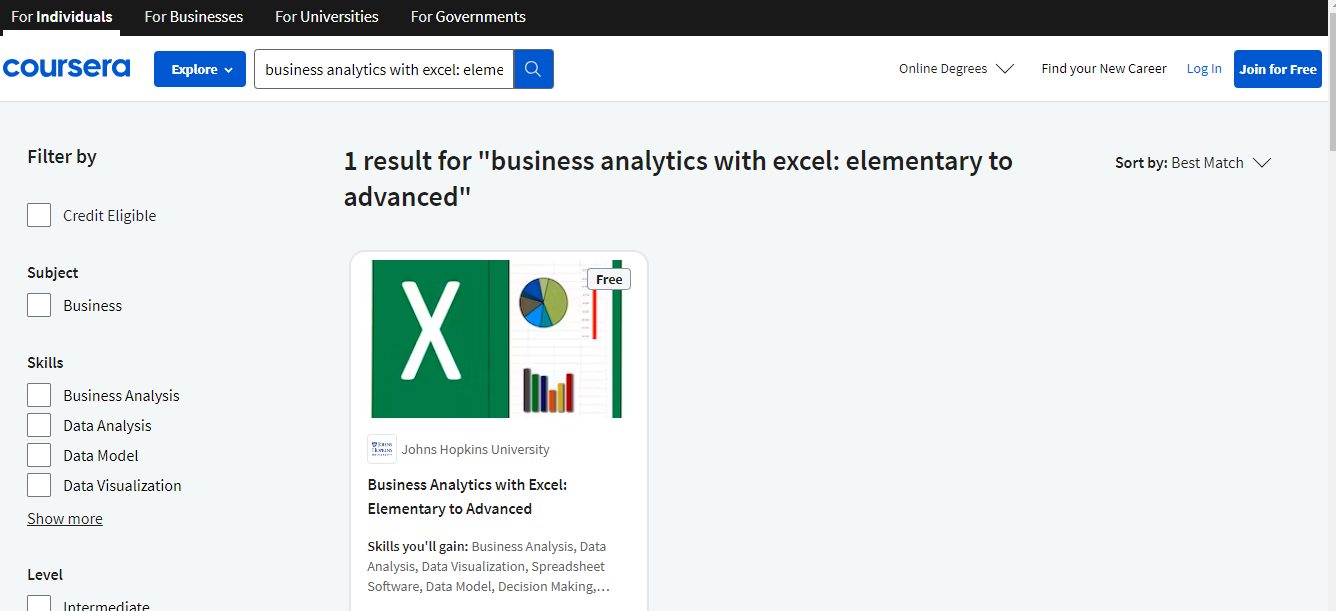6 Steps to Validate an Online Course Idea
You have heard tales of online course creators earning 5 or 6 figures monthly, all from selling online courses.
Probably you might have stumbled upon stories of course creators like Phil Ebiner, who made $1.5 million selling online courses.
These lucrative figures are enough to convince anyone to try out selling online courses.
But are you in a dilemma about whether you will be able to reach your online courses to your audience and make enough sales?
If there’s one secret to success when selling online courses, it’s in choosing the right course idea.
You must validate your course idea before creating the course so that you can ensure your efforts will be fruitful.
But how to validate an online course idea?
How To Validate an Online Course Idea?- Steps to Follow
Before getting into the steps, let’s see why you must validate your course idea.
The more you validate your idea, the greater the chances that your course will be successful and will make more sales.
Course validation helps:
- Ensuring there is enough demand for the course.
- Find the target audience.
- Evaluate your assumptions about the course.
After all, why waste your time, efforts and money on something that doesn’t bring you rewards?
So, let’s begin with the 5 steps to validate your course idea successfully.
Step 1- Selecting the right topic and subtopic
The biggest decision you can make when launching a new online course is what topic you are going to teach. Even if you create the course well, without a great topic that has demand, the course won’t sell.
Coming up with a course idea about a topic that isn’t in demand or teaching that topic poorly will ultimately waste your time.
Passion alone isn’t enough; however, you also need to know what you are talking about, and your potential students need to trust that you are an expert in what’s been taught.
- List the topics you are qualified to teach.
- Which topics have the most demand?
- Which topics have the least competition?
- What’s needed to build a better course than the competition?
- Which topic presents the best opportunity?
Step 2- Use Search to Validate Course Demand
Do a Google search on different keywords that your target audience searches for to understand more about your online course idea.
You must keep track of the results you get:
- What results come up?
- Are there other courses on the same course idea as yours?
- Do paid ads come up?
For example, if you are going to create a course on “Business analytics with Excel,” you can search the same on Google.
As the search results reveal, some of the results that showed up were sponsored.

Here are some of the platforms where you can look for the demand of your course topic:
- YouTube
To begin with, you can do a YouTube search to see what types of videos are already made on your course idea.
You must also read through the comments to see what people are talking about in the videos and if there are any points that aren’t covered in the video. Are people talking about anything more they need from the video?
- Amazon eBooks
To validate your online course idea, you can also check on Amazon to learn more about the eBooks covering the same topic. Read the description to see the content of eBooks and what the reviews say it includes but doesn’t.
Here is an example:

- Online eLearning platforms
You can leverage popular online course marketplaces like Coursera, Udemy, and other platforms to ensure your online course idea is in demand. First, simply type in your course topic in the search bar of the online course marketplaces to see what courses come up.
If similar topics come up in the results, you can understand your course idea is in demand, and you can build an active learning community.
For example, if you are going to create a course on “Business analytics with Excel,” you can search the same on Coursera.
Here’s an example:

If you are already on these online course-selling marketplaces, you can leverage the platform’s insights to analyze things in depth.
With the data you receive, create a detailed report on your course idea and go through it to learn more things about the real audience demand.
Step 3- Look in Facebook groups where your potential students hang out
Facebook groups are the first place you must search for your target students and ask for their feedback.
A sample scenario would be where you join a course creator group and ask if anyone fits your ideal client base. As the next step, join FB groups where your target audience is.
After joining the Facebook groups, you can also connect with other course creators to get their feedback on your course idea.
Step 4- Take a look at the content you already have
If you are looking for how to validate an online course idea, one way you can do that is by looking into the content you already have.
For example, you might already have different types of content already on other platforms on the same topic. It could be blog posts, emails, podcast episodes, YouTube videos, Pinterest pins, Instagram content, reels, IGTV live, webinars, workshops or anything of that sort.
Here is a quick list of what type of content to check:
- Your most read and popular blogs.
- Lead magnets with maximum downloads.
- Emails with high open rate and click rates.
- Most listened to podcasts.
- Most repined Instagram content.
- Webinars and workshops that have maximum sales.
The concept behind this step is that these types of content are already proven in terms of audience demand.
Step 5- Validate your course idea through Surveys and interviews
If you are looking for how to validate an online course idea, you can use non-direct ways like surveys. Non-direct approaches are great; you could also make some personal connections from these surveys that will turn into phone interviews.
Hold discussions among focus groups, and conduct one-to-one interviews with your potential students so that you get a clear picture of your online course idea.
Here is how you can do it:
- Segment your audience and only message subscribers who fit the following criteria.
-Engaged contacts- Who has opened and clicked through your emails in the past 90 days?
-People who have emailed you back for some sort of query.
-Customers who have purchased something from you in the past (If it applies to your scenario).
- Design the email with the goal of getting them to analyze your course idea; do not overcomplicate the copy or design, and make the survey link the centerpiece of the email.
Step 6- Create the course once you hit 15 sales
As you conduct a pre-sell for your online course or you decide to sell a webinar, and you get 10 or more sales through it, you can be sure that you have a successful product.
Getting around 15 sales in a month is a decent number. You would have to try alternatives if you can’t hit that number at the end of one month or at least within 3 months.
The process would be daunting, but it keeps you off from the stress of putting all your effort Into an online course that won’t bring you any revenue. This also gives you valuable insights when it comes to creating and selling online course from your own website. To build your own course-selling platform, leverage Pinlearn to launch your customized eLearning platform to host your online courses.
3 factors to confirm the market demand for your online course idea
Market proof for your course idea: Evidence that many courses exist on the same topic is an indicator that there is a specific topic people need solutions for.
Gathering feedback: Student feedback for ideas on what they want from a course and if they are willing to pay for it.
Pre-sell your online course: Create a mini-course, which is a short preview version of what your actual course is. This helps your audience learn about your course and understand what they will pay for.
Selling your online course before you build: Set up a sales page to drive signups for your online course or create a webinar to get people to pay for the course once the webinar ends.
Conclusion
If there isn’t a large audience desperately searching for the knowledge you can provide, even the best-produced course in the world will not achieve financial success.
So, it is better to validate your course idea to gauge genuine interest, and if there is a demand, it will become a bestselling venture.





